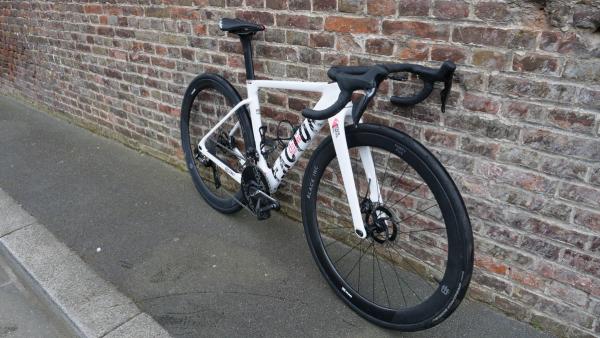10 years in 10 tech innovations
Our bikes may look similar to how they did ten years ago, but a lot of things have changed.
James Howell-Jones
Junior Writer
Cast your mind back ten years. It’s 2013: the post-London Olympics cycling buzz is growing day by day; Tadej Pogačar is only 14 years old; and the word ‘twerk’ and ‘selfie’ had only just been added to the dictionary. It might only feel like yesterday, but a lot has changed.
In the intervening years, the bikes we ride have come on leaps and bounds. Everything is lighter and more aero. Bikes are more comfortable and reliable. Data is more accurate and cheaper to attain. Training has become more specific and more efficient. And of course, gravel has become gravel.
But what are the ten most important tech innovations of the past ten years? With the help of GCN’s resident tech nerd Jon Cannings, we’ve compiled a list of the most important developments of the last ten years.
1. Gravel bikes
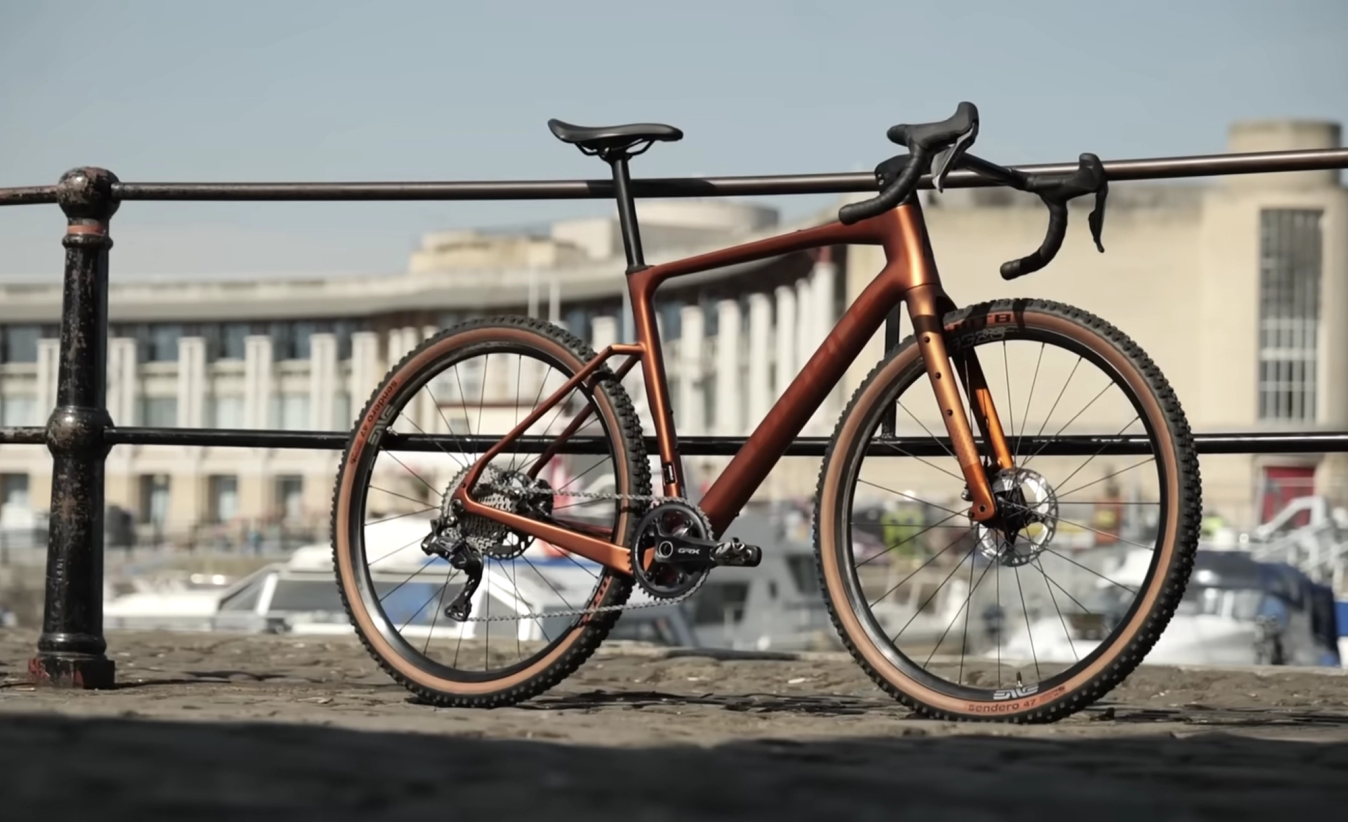
© GCN
Modern gravel bikes are light, strong and versatile
If you took a drop bar road bike off road ten years ago (and you weren’t racing around a muddy field in Belgium), people would assume you were lost. Nowadays, no one bats an eyelid at the sight of a full carbon bike bumping its way along a bridleway.
For this culture shift, we have gravel bikes to thank. By bridging the gap between road and mountain bikes with disc brakes, chunkier tyres and a touch of suspension, they’ve coaxed even the most traditional road riders off the tarmac, and injected a much-needed dose of fun to the often serious world of road cycling.
2. Disc brakes

© GCN
Disc brakes are more powerful and more consistent, but still divisive
Back in 2013, disc brakes belonged on mountain bikes, and maybe the odd cyclocross bike. Putting them on a road bike was considered unsafe, unnecessary, and just plain ridiculous. Discs were banned from UCI road races, and had only just been legalised in cyclo-cross races.
These days, though, hydraulic disc brakes are the default for most good road bikes. At this point, (almost) everyone agrees that they bring with them increased stopping power, greater reliability, and improved performance in wet weather.
But that’s not all. Disc brakes have broadened the possibilities of bike design, allowing for interchangeable wheel sizes, unusual chainstay and seatstay designs, and wider tyres.
Hydraulic disc brakes have also brought with them thru axles. So instead of a flimsy quick release skewer, bike wheels are now firmly bolted into the frames, increasing stiffness and safety.
Finally, we love disc brakes because they mean we can use carbon wheels all year around. Rim brakes wear through the braking surface, so rim brake carbon wheels had a surprisingly short working life, especially if used in bad weather. But with the braking taken off the rims, there's no reason you can’t use your best wheels all through the year.
3. Wide tubeless tyres

© GCN
32mm tyres are becoming increasingly common on road bikes
Can you believe that we all used to rattle around on 23mm tyres pumped up to 120psi? It was because the prevailing but not necessarily correct logic in cycling back then told us that skinny tyres rolled quicker.
In fact, wider, softer tyres are both more comfortable and faster. Who’d have thought? But there was a problem. If you ran low pressures on tyres with tubes, pinch flats were inevitable..
Thankfully, the mountain bike world had yet another solution for us: tubeless tyres. By removing the inner tube, making the rim and tyre airtight, then putting in some sealant, we could run our tyres without inner tubes. Pinch flats were solved, and, in fact, so were most punctures.
Tubeless tyres came with other benefits too. With less rubber deforming in the tyre, rolling resistance was improved, and the ‘feel’ of the tyres was improved. Without tubes, tyres are more supple, and better at absorbing road buzz.
Anyone who used the early iterations of road tubeless will tell you this technology has come a long way in the past few years. Getting tubeless tyres onto the rims used to be nigh on impossible, and seating the tyres required industrial grade compressors and endless patience. Now, intelligent designs, hookless rims and improved technology make getting tubeless tyres onto the rim a breeze… most of the time.
4. Bigger cassettes with more sprockets
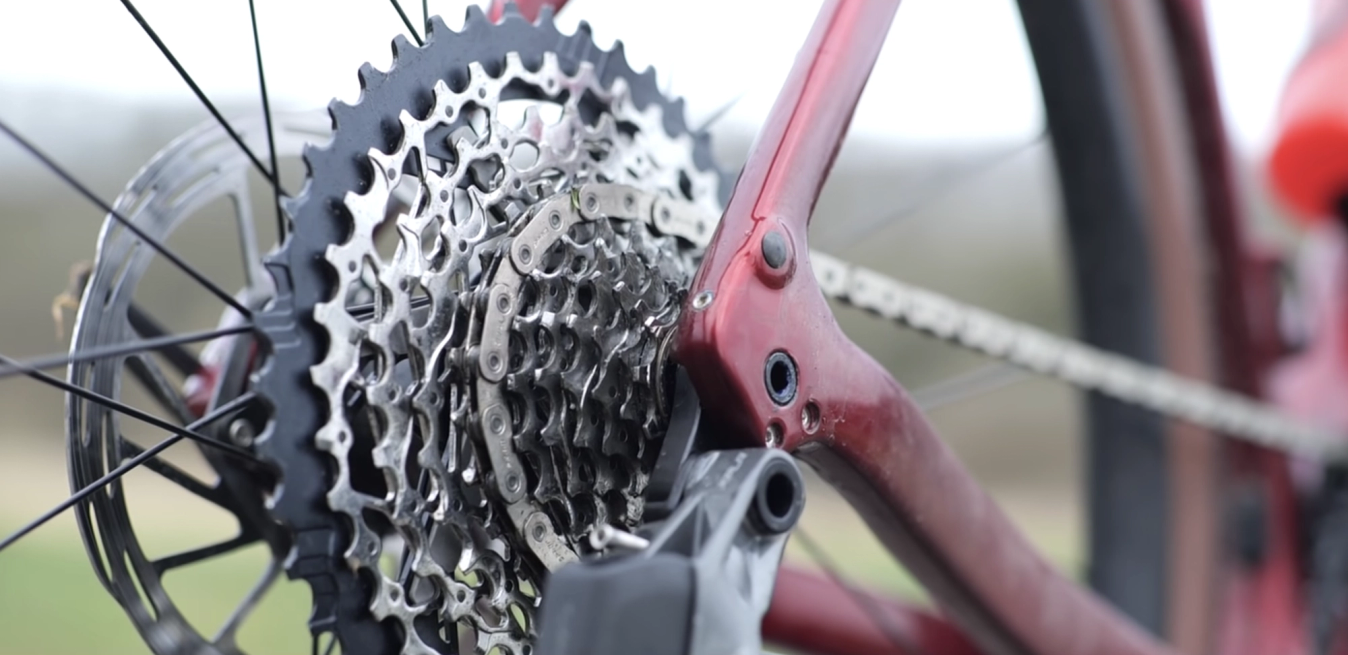
© GCN
Goodbye 'corn cob' cassette, hello 'dinner plate'
Cassettes with only one or two teeth difference between each gear – nicknamed 'corn cob' cassettes – were the norm back in 2013. A range of 11-25 teeth or even 11-23 teeth was the racer’s choice, while more leisurely riders were happy with their 11-28 tooth range. Us roadies were very protective of our cadence – we didn’t want big jumps between gears.
These days, 11-32 and even 11-34 come as stock on many road bikes. So what’s changed? The technologyn 2013, all but the very top range groupsets were ten speed, so a wide spread of gears would play havoc with the gaps between shifts.
Now, the best groupsets come in 12 and even 13 speed, so extra gears can be added to the low end of the cassette, without increasing the gaps between the gears.
That means we can enjoy a wider range of gears on our cassettes, without increasing the gaps between the gears. It makes climbing easier, and it means we can still be fussy about getting the right cadence, without running out of puff on the steep bits.
5. 1x drivetrains and clutch derailleurs

© GCN
For casual riders, off-roaders or new cyclists, 1x is ideal
With increased gear ranges on the cassette, another innovation has flourished: 1x drivetrains. Like so many tech innovations from the past decade, these started out on mountain bikes, and us drop bar riders have reluctantly adopted this technology.
Hugely popular on gravel bikes, and increasingly common on road bikes, 1x drivetrains ditch the front derailleur and inner chainring, and make the most of a larger cassette to give the rider all the gears they need. For gravel riders, 1x drivetrains have been a revelation – increased simplicity, reduced chain slap, and decreased weight have made gravel bikes better than ever.
1x technology relies on clutch derailleurs, another innovation we’ve inherited from mountain biking. By managing the chain tension properly, these devices keep our chains on the chainrings and stop them slapping on the frame.
6. Aero everything
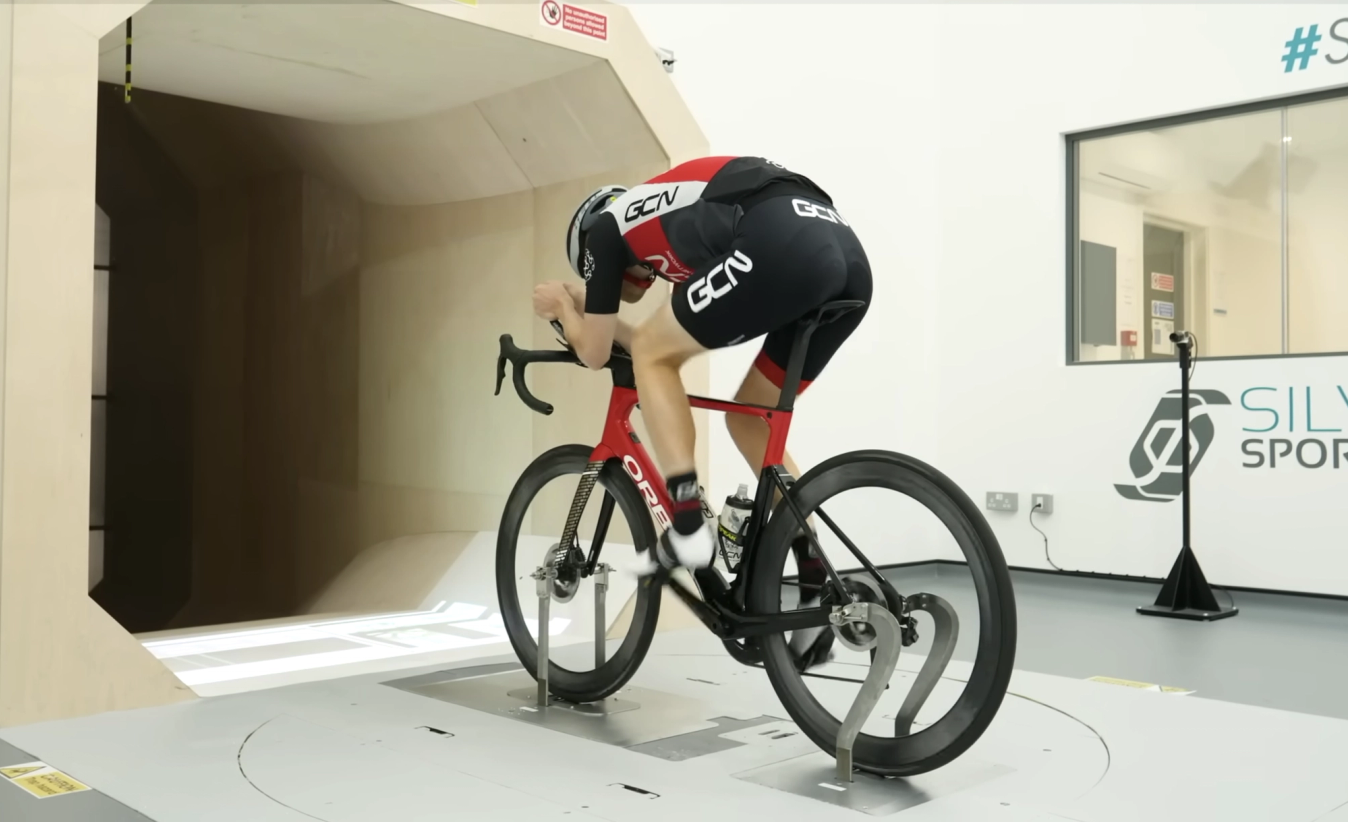
© GCN
Wind tunnel testing has become an essential part of bike design
In 2013, aerodynamic bikes were very specific, very impractical machines. They were heavy. They were flexible. They had ridiculous proprietary rim brakes that were difficult to adjust and terrible to use. They also just weren’t very aerodynamic: they had cables hanging out of the bars and frame; they had exposed bolts and junctions; they had simple frame shapes that had never seen a wind tunnel.
These days, aero design comes as standard on most bikes from the mid-range and above. Integrated bar and stem cockpits create a sleek front end, cables are hidden inside the frame, rim brakes have given way to more aero disc brakes. And frame design, with dropped seat stays, aero profiles and wind tunnel-tested shapes, has changed significantly.
But perhaps the biggest development in aerodynamic road tech is the way it’s been combined with comfort and ergonomics. Modern aero bikes fit wider, more comfortable tyres, and have shock absorbing carbon fibre lay-ups and frame dampeners. Better still, road bike saddles have changed – noseless saddles are extremely common these days. Their large cutout and stubby construction means riders can roll their hips forwards and become more aero and more comfortable.
7. GPS and power
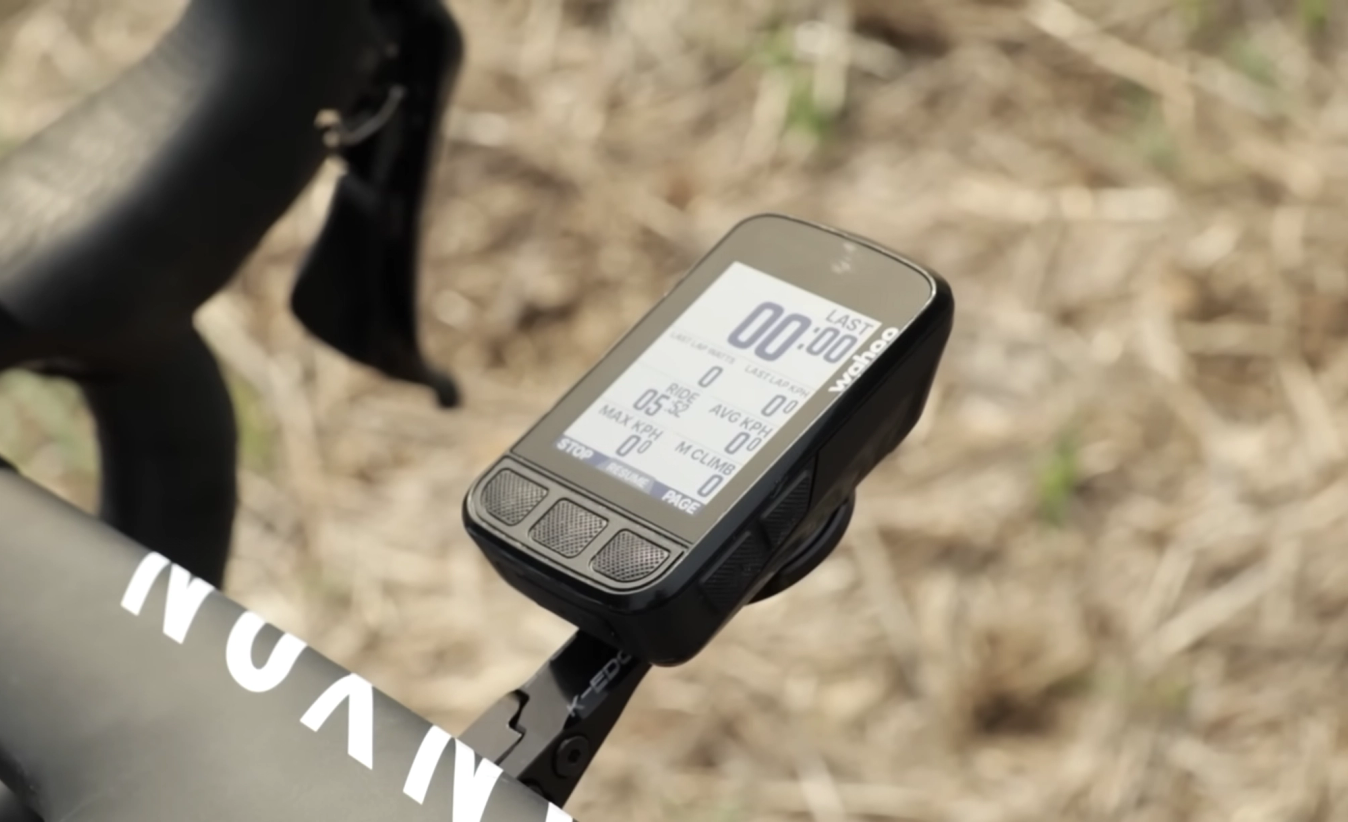
© GCN
If it's not on Strava, it didn't happen, right?
In 2013, most people were rocking old school ‘odometer’ style bike computers, usually with some kind of magnet on the spoke and receiver on the fork leg, which calculated speed, distance, and, if you were lucky, cadence. Garmin were starting to innovate with more advanced devices with GPS and map view, but this technology was in its infancy, and a lack of competition was limiting development.
Now, few riders head out into the lanes without a GPS head unit recording their ride or leading the way. It’s not just about keeping to the route; these devices are our data hubs, bringing together data from loads of sensors: they measure cadence, humidity levels, temperature, distance, speed, heart rate. And of course, they display power data.
Power data, which was a fledgling idea back in 2013, has become affordable and widespread. Now, high-end bikes come with power as standard. Double sided power meter pedals are common on club rides and ubiquitous in the pro peloton. Power is the foundation of almost every training plan, and it’s cheaper than ever to track.
8. Zwift / indoor training

© GCN
Zwift has transformed indoor training
Indoor training used to be the reserve of serious racers. It was boring; you got yourself set up on a turbo trainer, stuck on some rubbish TV, and rode either at a constant pace or did an excruciating interval session.
Enter Zwift and online racing. Now, indoor riding is some people’s favourite kind of riding, as virtual races and riding give us the opportunity to ride with people from all over the world, all from the comfort of our living rooms.
Virtual racing is getting more and more people competitive on the bike, and as a result, the standard of road cyclists everywhere is getting higher and higher. In recent years, with programs like Zwift Academy, virtual riding and e-racing has even been used as a way of scouting new talent. Getting noticed is no longer about showing up to local events or bumping into the right people. Now, if you can prove yourself on the indoor bike, you could fast-track yourself to the WorldTour.
9. Aero helmets and cycling kit

© GCN
Today, even normal road helmets are designed to be aero
Back in 2013, we thought our cycling kit was the bee's knees. But looking back, it was pretty basic. Jerseys were baggy and flappy, with simple fabrics that had limited stretch. Hems and cuffs used simple elastic and had irritable seams and stitching, and cycling shorts had small chamois pads that, well, left little to the imagination, to put it politely.
A decade on, cycling clothing has changed for the better, with advanced materials, a close fit, and improved comfort. Tech developments like laser cut hems and seamless construction have made us more aero and more comfortable, meaning we can ride further, for longer.
Equally important are the changes to helmet design that we’ve seen in the past decade. The big news: aero helmets have really taken off. A few years ago, helmets were designed to be ventilated, lightweight, but not aerodynamic. Looking back at iconic designs like Nairo Quintana’s catlike lid, they’re about as aerodynamic as a parachute. Nowadays, even non-aero helmets are slippery in the wind, with strategically placed vents, air channels and low profile straps and buckles.
10. Do-it-all bikes
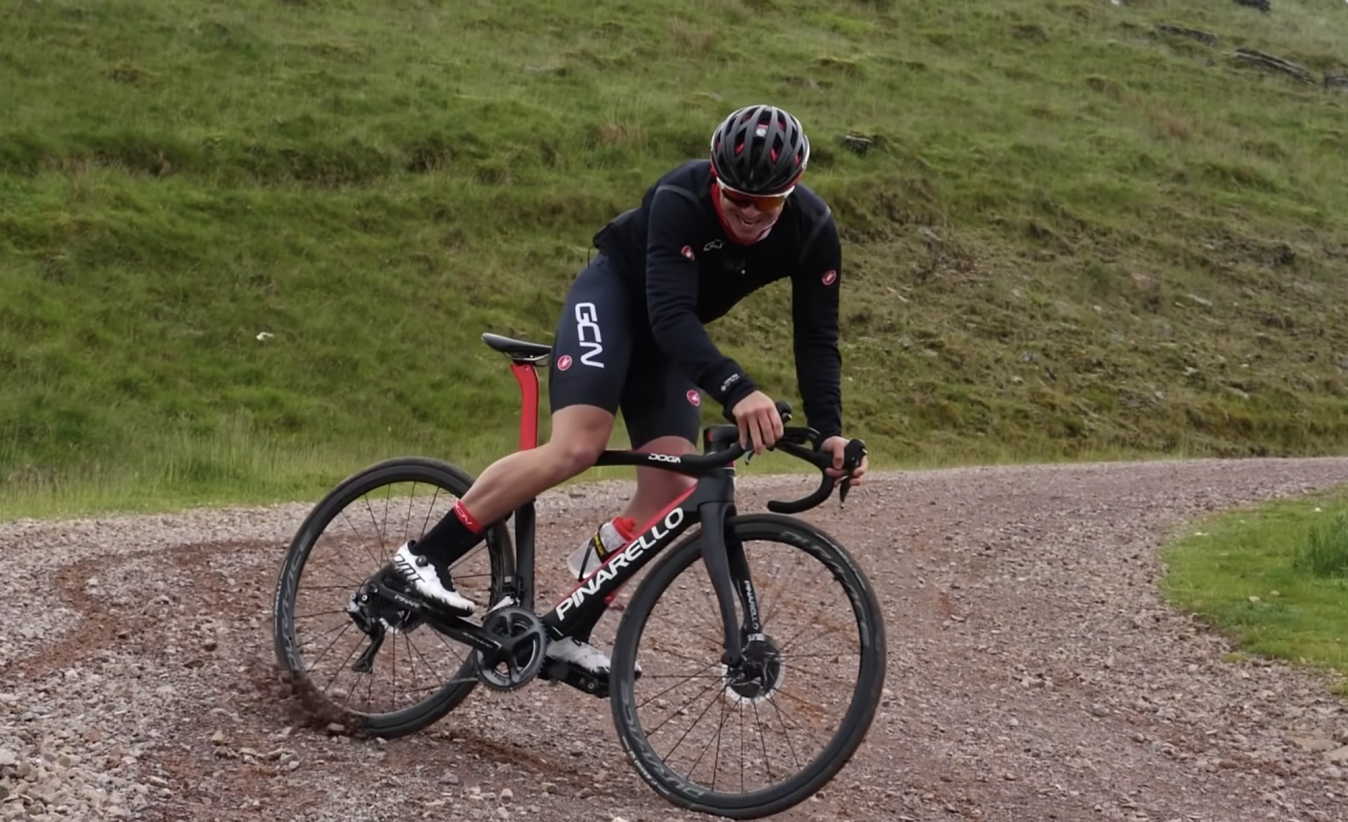
© GCN
Even performance road bikes can take some rough and tumble
Our last point on this list brings a lot of the innovations we’ve talked about together. Thanks to disc brakes, increased tyre clearance, aerodynamics, and improved manufacturing techniques, the days of choosing between a climbing bike and an aero bike are coming to an end. Even the most aerodynamic road bikes on the market are perilously close to the UCI’s 6.8kg weight limit, and bikes that are touted as climbing bikes are becoming aerodynamically enhanced. The gap is narrowing, and many brands are embracing one model as their ‘top’ bike for sprinting and climbing. Specialized has the Tarmac, Pinarello has the Dogma, Colnago has the V3 RS.
And even these top end race bikes have comfort features built in that would be considered seriously un-pro a few years ago, like easier gear ranges, wider tyres and vibration-reducing frames. These are bikes that can win a mountain summit or a sprint to the line, or provide a comfortable perch for a long day’s ride or a gravel road.









